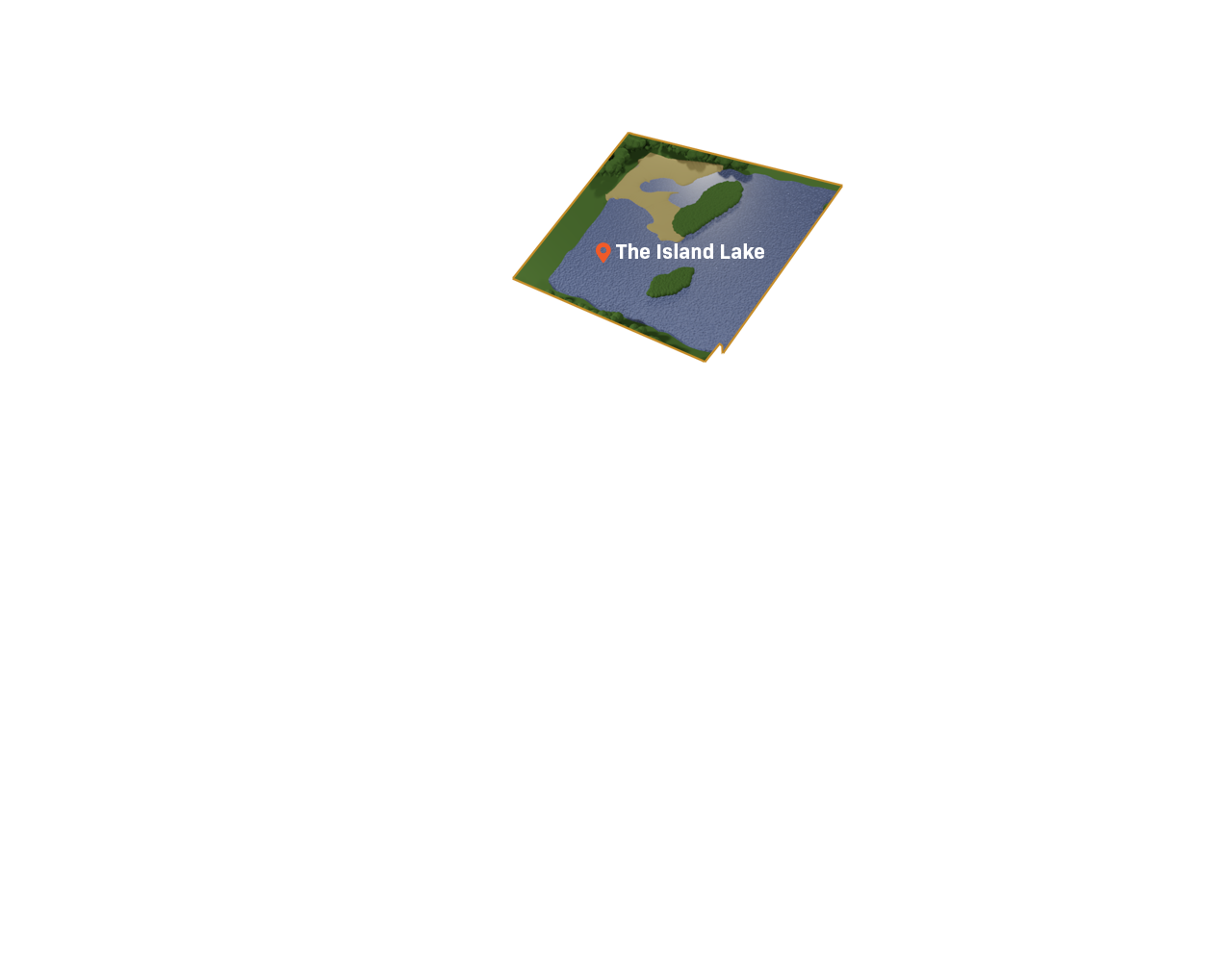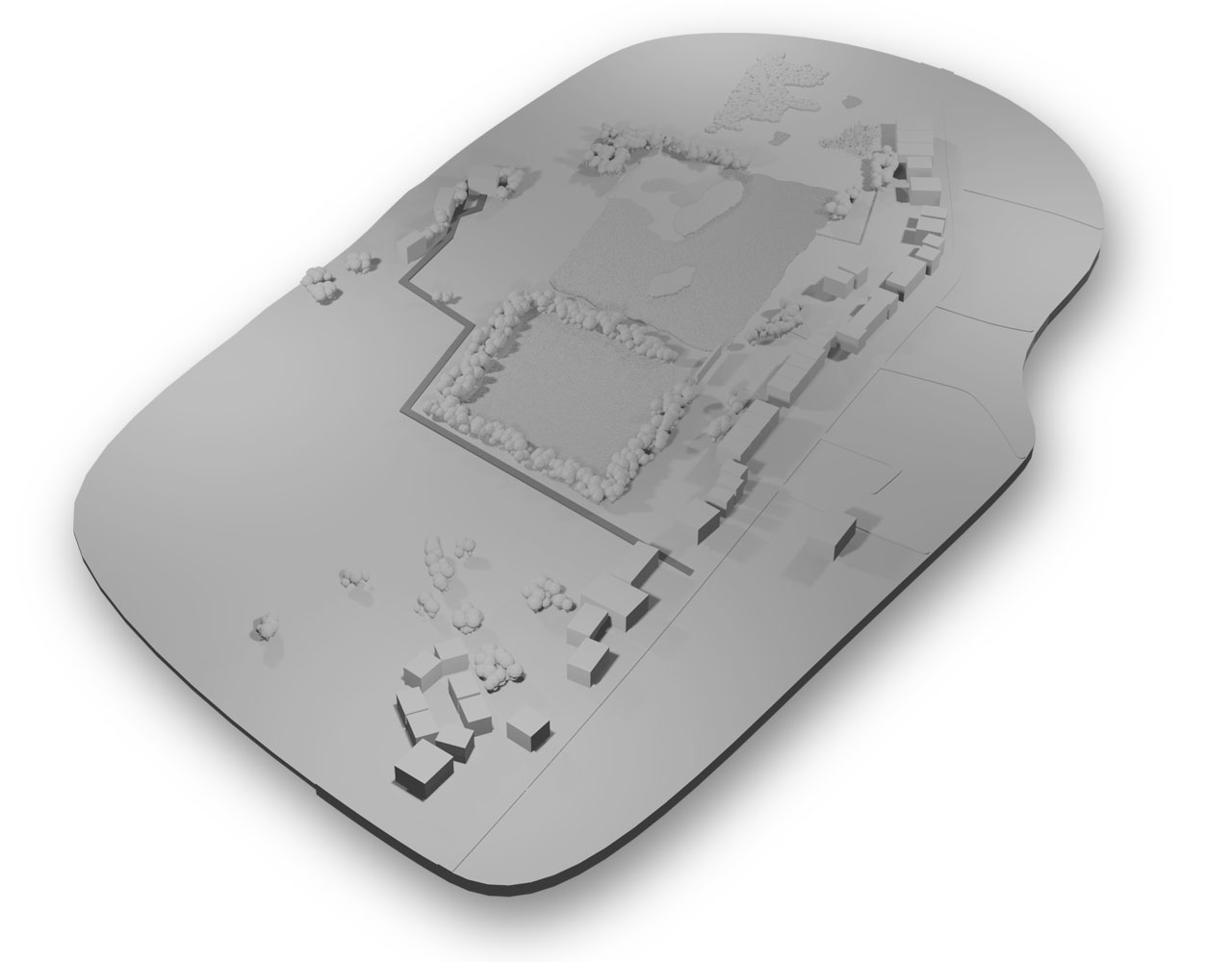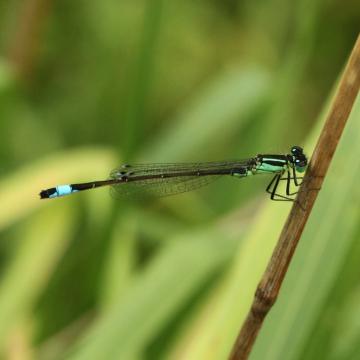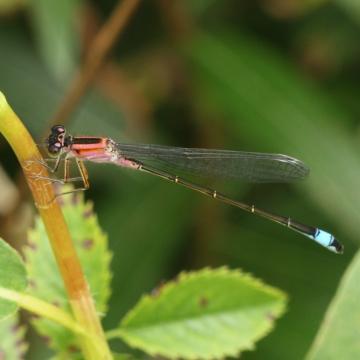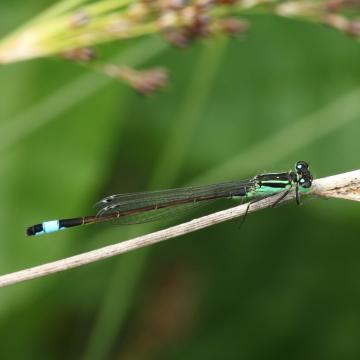Ischnura elegans
Summary
The blue-tailed damselfly is one of the most common damselfly species in the UK. Small and dark, it frequents garden ponds and other water bodies.
Often confused with dragonflies, damselflies are smaller and more delicate than their counterparts.
When the larvae are ready to become adults, they emerge from the water and shed their skin.
Blue-Tailed Damselfly facts and statistics
• Length 3.1cm
• One of most common UK damselfly species
• Small, delicate
How to identify
The male of the species is black, with blue eyes and a blue thorax. You will see a blue band across the end of his abdomen. Females are more variable in colour with at least five different common colour forms.
When at rest, damselflies tend to hold their wings along the length of their body. This also distinguishes them from the dragonflies, whose wings remain open.
Conservation status
Low priority - common
Habitat
Their habitat is widespread:
• Wetlands
• Grasslands
• Woodland
• Hedgerows
• Freshwater
• Towns / Cities (gardens / parks)
Ways to help
You can help attract damselflies by creating a wildlife pond in your garden. Visit our Little Explorers page for information on how you can create your own mini-wetlands.
Blue-Tailed Damselfly sightings at Grimsargh Wetlands
